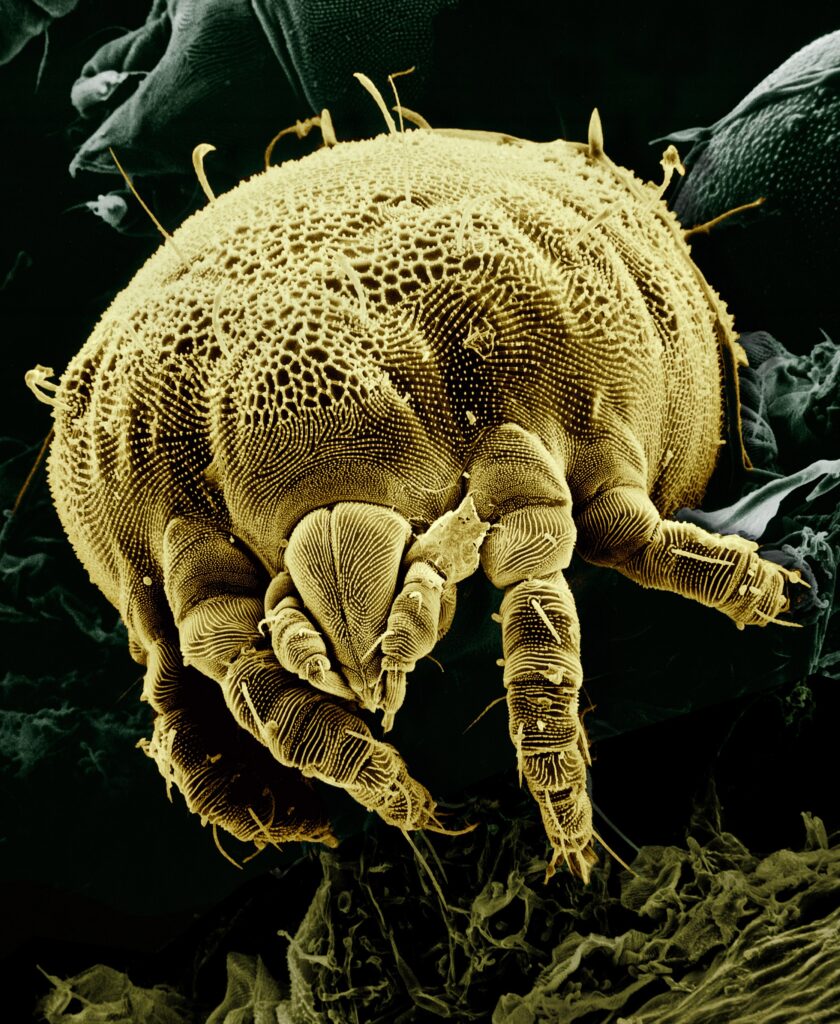Dust Mite Allergies

Dust mites are a normal part of almost every household (even the cleanest of homes); and are the most common culprit to allergy and asthma symptoms. The normal life span of a dust mite ranges between two to four months. The dust mite population increases very rapidly with egg-laying females increasing the population by 25 to 30 mites every three weeks.
